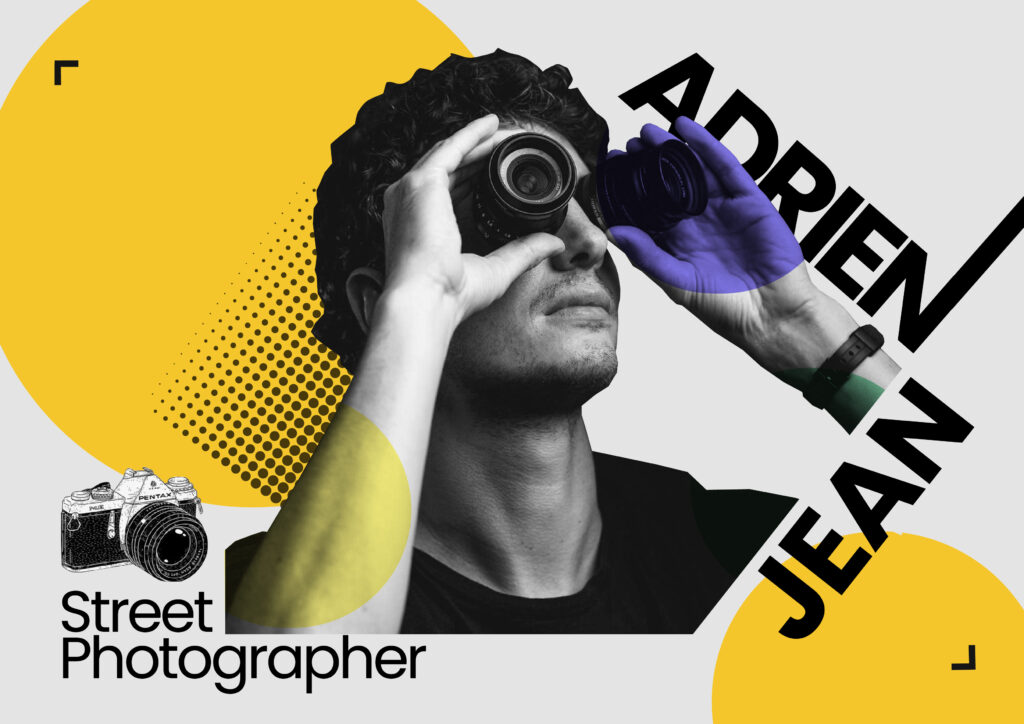
About our guest: Jackfruit Adventure is thrilled to be speaking with Adrien, a French photographer who has called Vietnam home since 2014 and is hosting a very special street photography tour in Ho Chi Minh city for the traveler who has a passion for photography and explores authentic Vietnamese culture around the world. Born in France in 1989, Adrien’s passion for travel and exploration of diverse cultures brought him to the vibrant city of Ho Chi Minh. It was here that he developed a lifelong relationship with photography, using his lens to tell the stories of everyday life in the bustling streets of the former Saigon. For Adrien, photography serves as a bridge, allowing him to connect with local people and gain a profound understanding of their traditions and culture.
As a long-term resident, Adrien frequently travels across Vietnam, documenting ethnic festivals and life in less-visited regions. His work is a continuous quest to capture the essence of this beautiful country, reflecting the deep connection he has formed with his new home.
Hi Adrien, thank you so much for taking the time to speak with me today. I’m really excited to learn more about your work and your experiences in Vietnam.
To start, can you tell me a bit about yourself? How long have you been living in Vietnam, and what brought you here?
I’ve been living in Vietnam for 10 years, and I’ll celebrate my tenth anniversary in September 2024. I originally came to Saigon almost by accident. A friend of mine was doing an internship here, and at the time, I was working in Paris in the sports industry. I wanted a change, so I asked my friend to help me connect with a company called Asia Motion. I planned to stay for just six months, which was the length of the internship, but I ended up staying with the company for six years. I came here by chance, but I stayed because I really enjoy life here. Photography became a way for me to explore this new environment and make sense of it. It gave me an excuse to go out and discover new places.
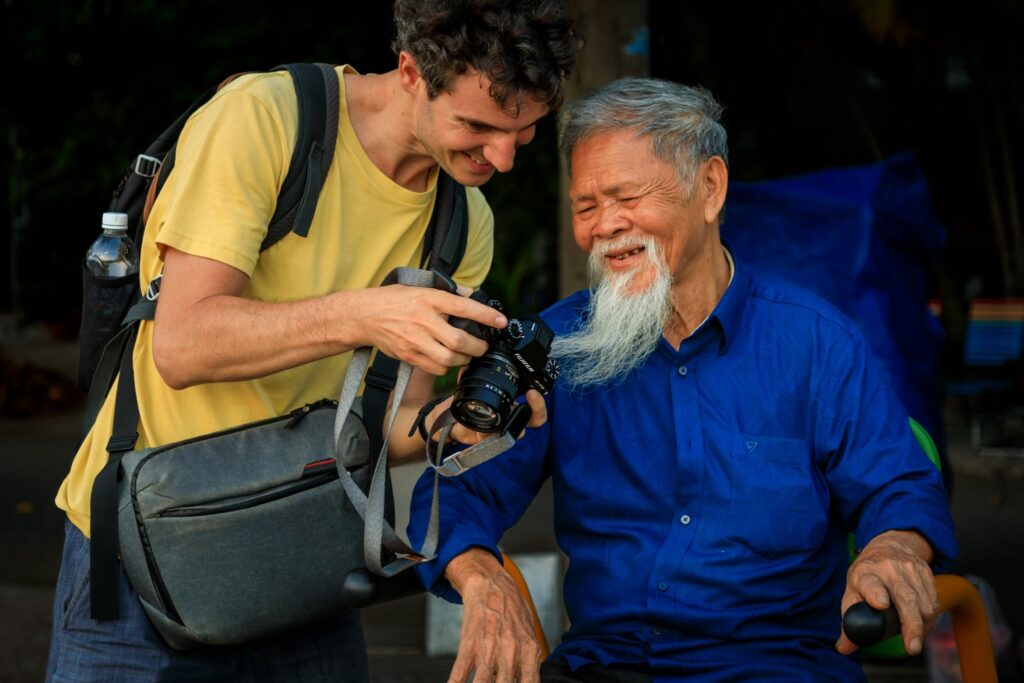
How did you decide to pursue photography as a career? Was it something you always wanted to do, even in school?
It actually came to me later in life. My dad was an architect and often photographed his work, so we always had cameras around the house. But when I was younger, I didn’t want to follow in his footsteps—I was a bit of a rebel. I really started getting into photography when I came to Vietnam. I had a small film camera and began experimenting with it. When you’re in a new place, you want to capture those experiences, and that’s how photography gradually became a passion for me. I even studied it online to learn more, and over time, that passion turned into a profession.

What was a pivotal moment or event that solidified your passion for street photography?
In 2017, I did a photo tour in Hoi An, and that’s when I realized I could actually make a living from photography. As for street photography, discovering places like Cho Lon, District 10, and small alleyways really drew me in. I wanted to capture unique moments that no one else could. Unlike landscape photography, where many people can take similar photos of the same place, street photography is all about capturing moments that will never happen again. That challenge is what excites me. I can’t pinpoint exactly when street photography became my life—it just gradually took over as I practiced more and more.

What inspired you, as a foreigner, to immerse yourself in and focus on capturing the unique alley culture and everyday scenes, such as wet markets, in Vietnam?
I had the opportunity to study abroad when I was a student. While those experiences were enriching in their own right, it wasn’t until I came to Vietnam that I encountered my first real cultural shock. The contrast between what I had known and the vibrant, dynamic life here was striking. Everything in Vietnam felt so new, so different, and it sparked a deep curiosity in me to understand how people lived their daily lives. My camera became more than just a tool; it was my passport, allowing me to delve into the narrow alleys and uncover the unique and intricate aspects of life here that I might have otherwise missed. It gave me the freedom and the excuse to explore, to see beyond the surface, and to truly connect with the culture around me.
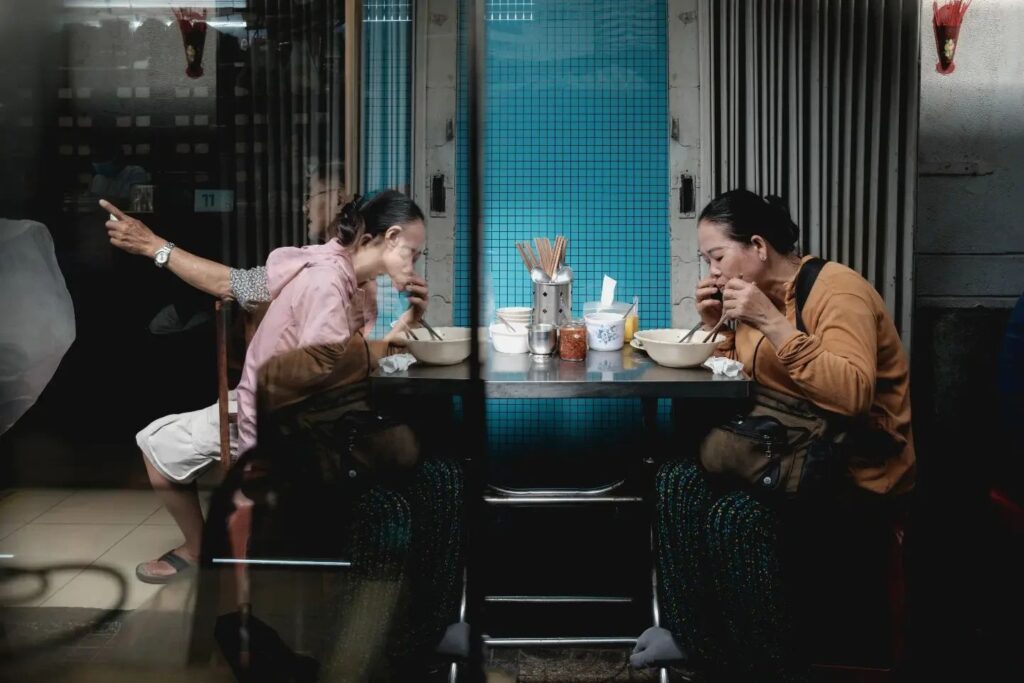
Can you share a specific moment or story that inspired you to focus on capturing Vietnamese alley culture and everyday scenes, such as wet markets?
What really comes to mind is my interest in traditions and festivals. While this might be a bit outside of street photography, I love documenting traditional festivals. For example, I’ve visited a village called Phuoc Hai, between Long Hai and Vung Tau, two years in a row to capture the Le Hoi Nghinh Ong festival, which celebrates whales. It’s a big event, and to me, street photography isn’t limited to the streets—it can be any public place. I’m passionate about documenting traditions because they might not be around in a few years. The same goes for the alleyways in places like District 4, Cho Lon, and District 10 in Saigon. These areas might change in the next ten years, and I want to capture them before they disappear. Just like looking at old photos of Saigon brings a sense of nostalgia, I hope the pictures I take now will serve as a documentary for the future.
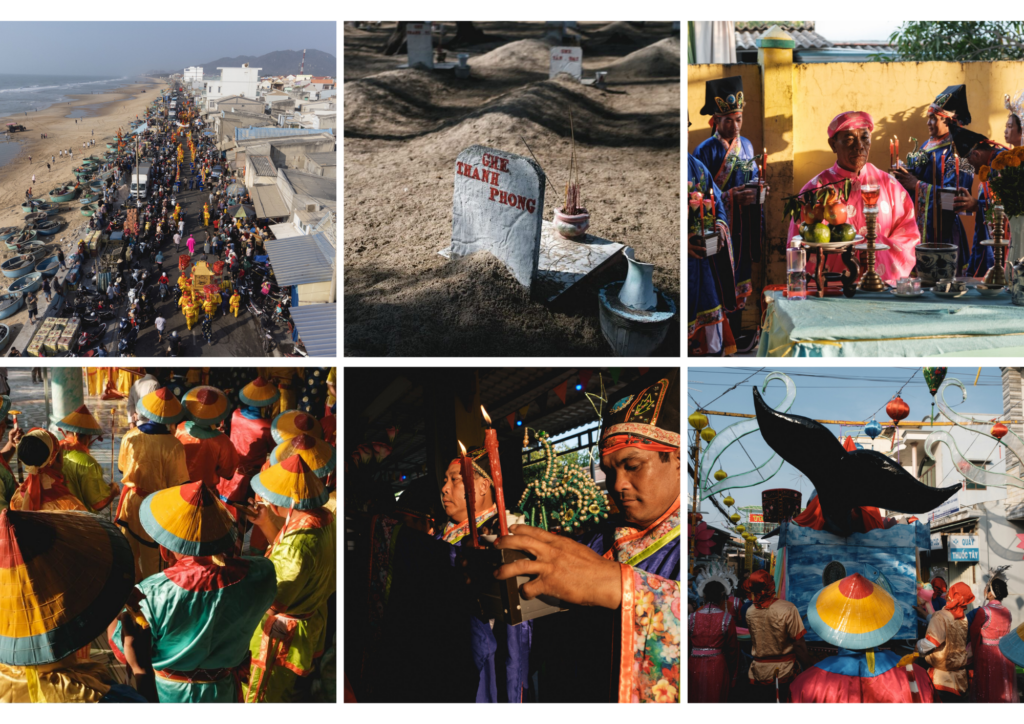
How do you balance technical precision with the spontaneous nature of street photography, especially in the vibrant streets of Ho Chi Minh City?
I’m not a particularly spontaneous street photographer, and I don’t focus too much on technical details. What interests me more is composition and capturing emotion. I believe a good picture is one that makes you feel something. While I don’t ignore technique, I try to keep it simple so it doesn’t get in the way of capturing the moment. When I shoot, I often use ‘aperture priority,’ which allows me to control one aspect while letting the camera handle the rest. This way, I can focus on composition and capturing what’s happening in front of me. Street photography isn’t just about technical skill; it’s about managing real-life scenes and reacting quickly. To be good at it, you need to find a balance between controlling your settings and being present in the moment.

What ethical dilemmas have you faced as a street photographer, and how did you navigate them to maintain respect and authenticity?
Street photography often involves capturing spontaneous moments, which can sometimes raise ethical concerns, especially when photographing people in their everyday environments. Earlier in my career, I organized travel photography tours in northern Vietnam, where we visited small villages in Sapa. I always emphasized the importance of respecting the local people and asking for permission before taking photos. However, not all clients shared the same values, and it made me uncomfortable when they didn’t approach the subjects respectfully. This experience led me to shift my focus entirely to street photography, where I felt I had more control over the ethical implications of my work.
Personally, I don’t often face ethical dilemmas because I always question my intentions before taking a photograph. My goal is to document the streets and everyday life in Saigon in a way that preserves these moments for future generations. I believe that as long as my intentions are respectful and genuine, I’m not putting anyone in a compromising position. For example, I avoid photographing people in vulnerable situations, like beggars or the homeless, in a way that would depict them negatively. Instead, I strive to show everyone in the best possible light, ensuring they are portrayed with dignity and respect.
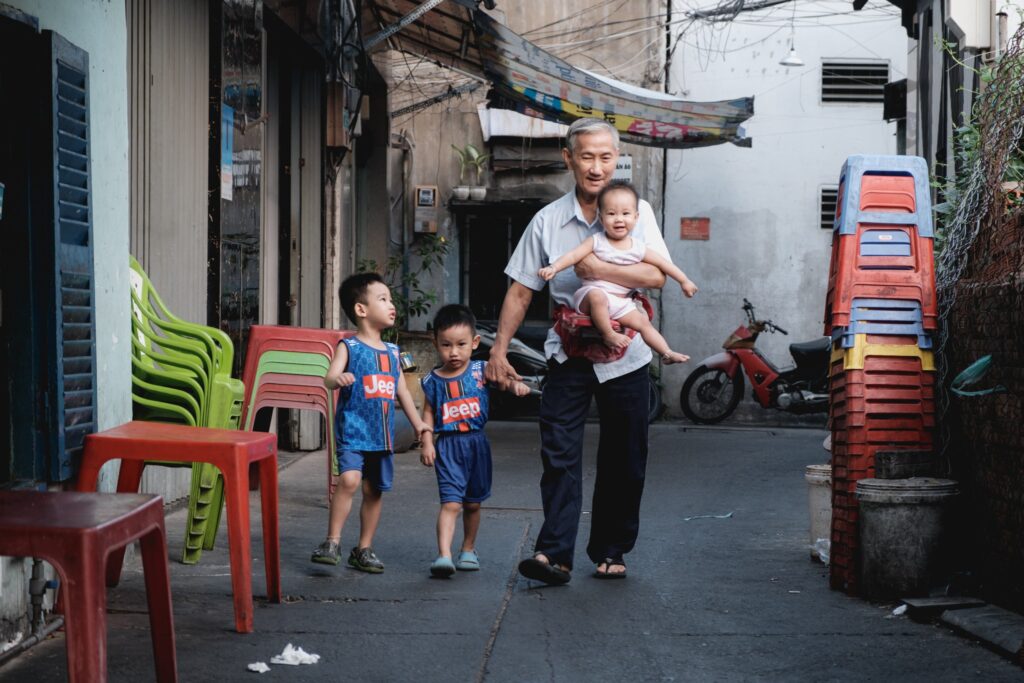
What has been the most surprising cultural insight you’ve gained through your photography, especially in relation to Vietnamese alley culture?
One of the most surprising insights I’ve gained is just how welcoming and open Vietnamese people are, even in the most intimate of settings like their homes or alleyways. Often, when I’m wandering through these narrow alleys, people invite me in for tea, share a meal, or simply exchange smiles. Despite my limited Vietnamese, they are eager to communicate, and there’s a mutual exchange of culture and warmth. It’s this openness that has allowed me to connect deeply with the culture and capture moments that might otherwise go unnoticed.
Vietnam, in my experience, is one of the most welcoming and friendly places for street photography. The people’s willingness to let me into their lives, even briefly, is something that continues to surprise and inspire me every day.
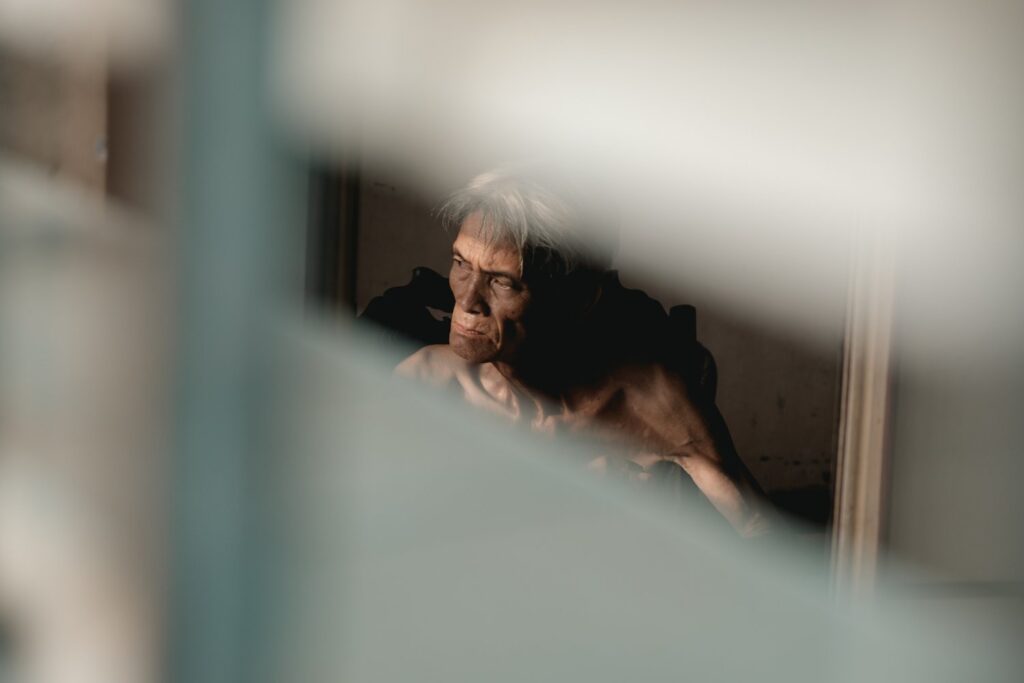
What challenges have you faced in photographing intimate cultural moments, and how have you overcome them?
The biggest challenge I face is the language barrier. While I can manage basic conversations and even make jokes to break the ice, my limited Vietnamese sometimes prevents me from engaging in deeper, more meaningful conversations. This can be a barrier when trying to capture the full essence of intimate cultural moments.
To overcome this, I’ve started considering collaborations with local journalists or writers, such as those from Thanh Nien, who could assist me in translating and communicating more effectively with the people I photograph. This way, I can better understand and represent their stories in my work. I’m also inspired by projects like Humans of New York, which combine intimate storytelling with photography, and I hope to do something similar here in Vietnam.

Can you describe an instance where a photograph you took had a significant emotional impact on you or your subject?
It’s difficult to pinpoint a single photograph because my work is a continuous learning process. When I first started, my focus was on capturing simple, well-composed images with good lighting and a strong subject. As I’ve grown as a photographer, I’ve aimed to add more layers to my photos, making them more complex and telling multiple stories within a single frame.
One practice that has had a profound impact on both me and my subjects is printing and returning the photos I take to the people in them. When I revisit the same places and hand out these printed images, it establishes a sense of trust and connection. The subjects recognize me as the “French photographer who gave me a picture,” and it transforms our interactions into something more meaningful. It’s my way of giving back and saying thank you for allowing me to capture these moments.
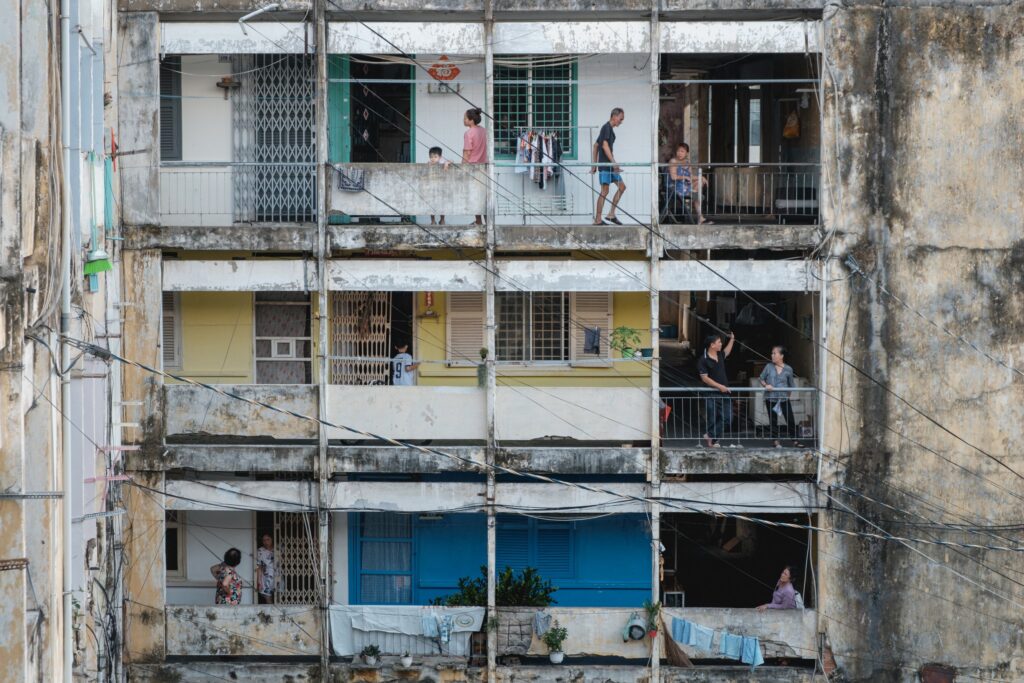
How do you ensure your photos authentically represent the daily lives of Vietnamese people?
Authenticity in street photography comes from spending time in the streets and truly understanding the environment. I don’t stage or direct my subjects; instead, I aim to capture them in their natural state, doing what they do in their everyday lives. This requires a deep commitment to being present, sometimes returning to the same location multiple times to get the right shot under the right conditions.
I’ve spent so much time exploring Saigon that I know the city better than my wife, who was born here. This familiarity allows me to capture the authentic rhythm of life in a way that someone less familiar with the area might miss. The key is to be patient, observant, and, most importantly, respectful of the people and places you’re photographing.
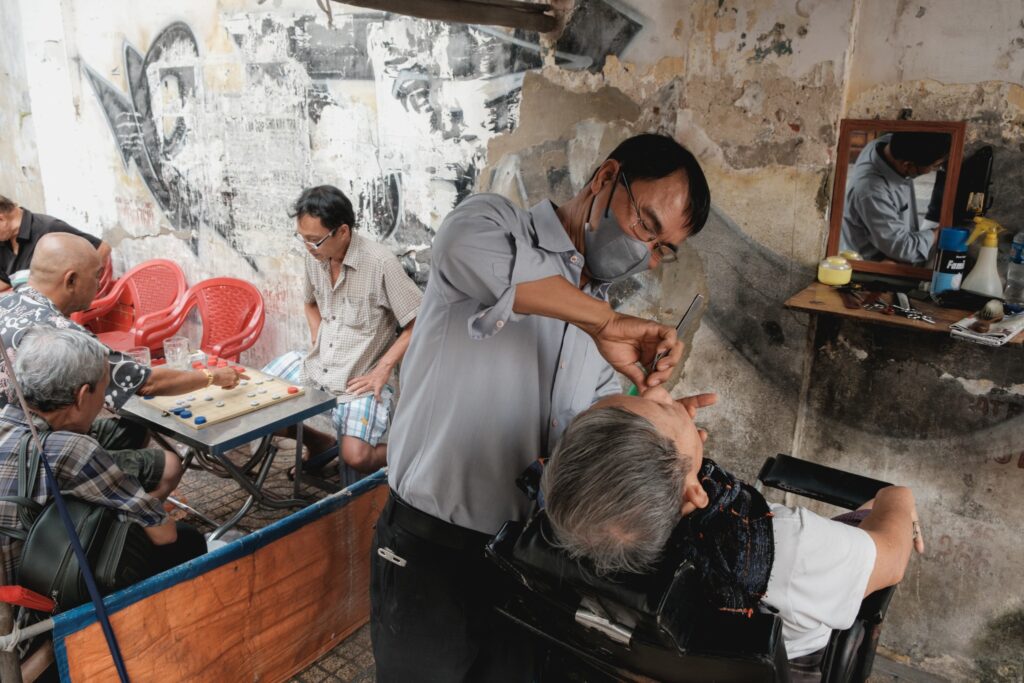
Before we wrap up, is there any advice you would give to aspiring street photographers or any final thoughts you’d like to share?
That’s a great question. My first piece of advice would be to consider coming to Vietnam if you have the opportunity. Vietnam is an incredible place to hone your skills and build your confidence as a street photographer. As I’ve mentioned, the people here are incredibly friendly and welcoming, which makes it easier to approach them and capture authentic moments. One of the most common questions I get during my tours is about how to approach people for photos. In Vietnam, you don’t need to worry too much if your intentions are good and respectful—people are generally very open and willing to engage.
Secondly, I would emphasize the importance of studying photography in depth to understand the fundamentals. Mastering the technical aspects will give you the foundation you need, but from there, it’s essential to develop your own style. Photography is as much about personal expression as it is about technique, so take the time to experiment, explore, and find what resonates with you.

Thank you once again, Adrien. I really appreciate your time and look forward to seeing more of your amazing work. Have a great day!
How to contact Adrien?
If you’re interested in booking a photography tour with Adrien or learning more about his work, be sure to visit Ho Chi Minh City Photography tour for more information and a selection of tours.
Writer’s Reflection
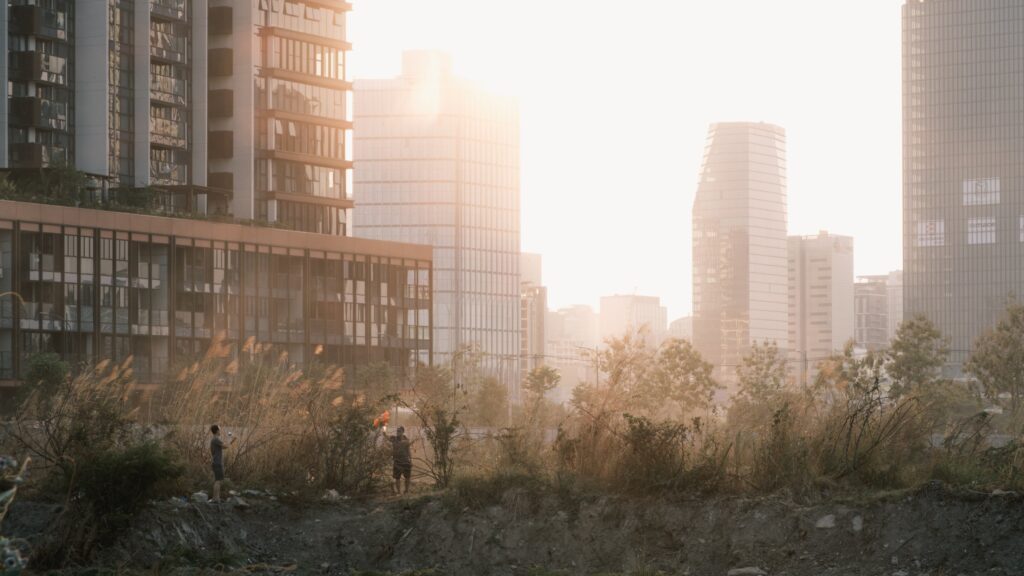
As a Vietnamese, I found myself deeply admiring Adrien’s dedication to preserving our culture through his photography. His genuine connection to the people and places he captures goes beyond mere images; it’s about safeguarding the essence of Vietnam’s rich cultural heritage for future generations. Adrien’s respect for his subjects and his commitment to authenticity is not only refreshing but also deeply resonant in a time when quick snapshots often replace meaningful storytelling.
Listening to Adrien speak about his journey from Paris to the streets of Saigon, I was reminded of the importance of seeing our surroundings with fresh eyes. His advice to spend time truly understanding the environment, allowing one’s style to develop naturally, and always approaching subjects with respect, is invaluable—not just for photographers, but for anyone looking to engage deeply with the world around them.
Adrien’s work serves as a bridge between cultures, and it’s inspiring to see how someone from the other side of the world has embraced Vietnam with such sincerity and dedication. His efforts to document and share the beauty of our everyday lives and traditions make me feel a renewed sense of pride and appreciation for my own culture.




